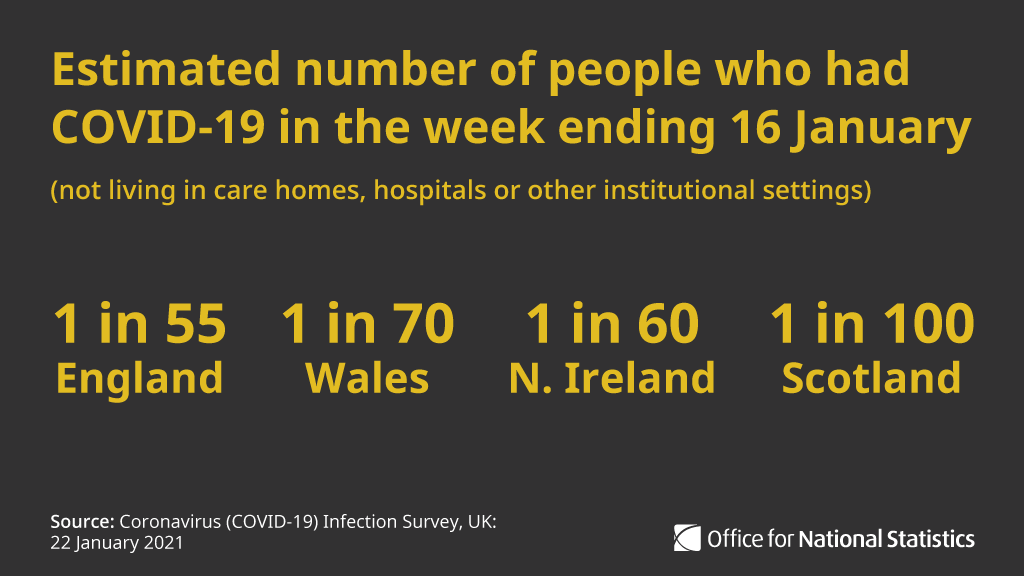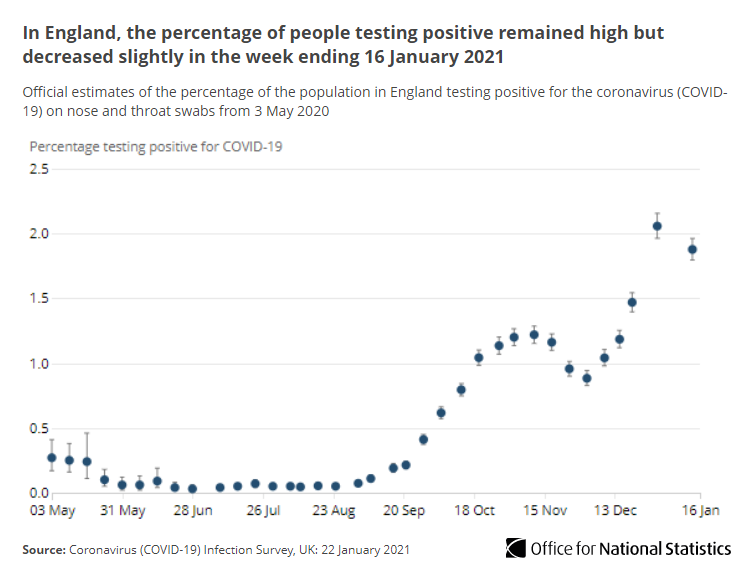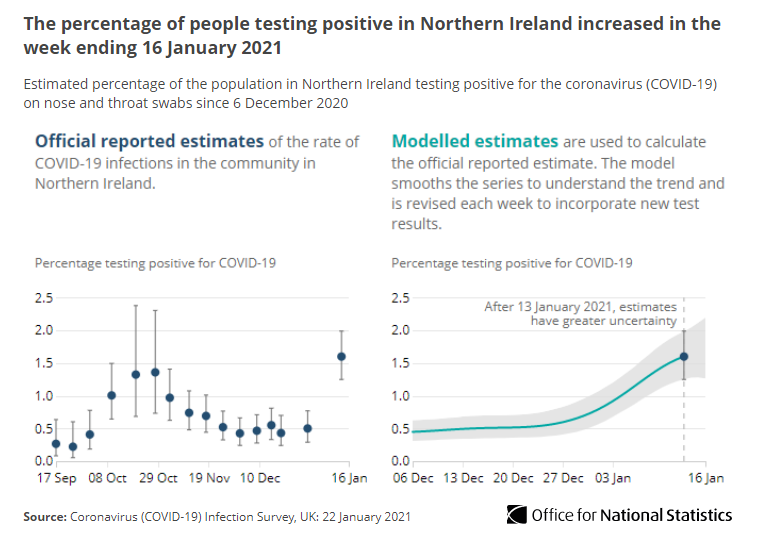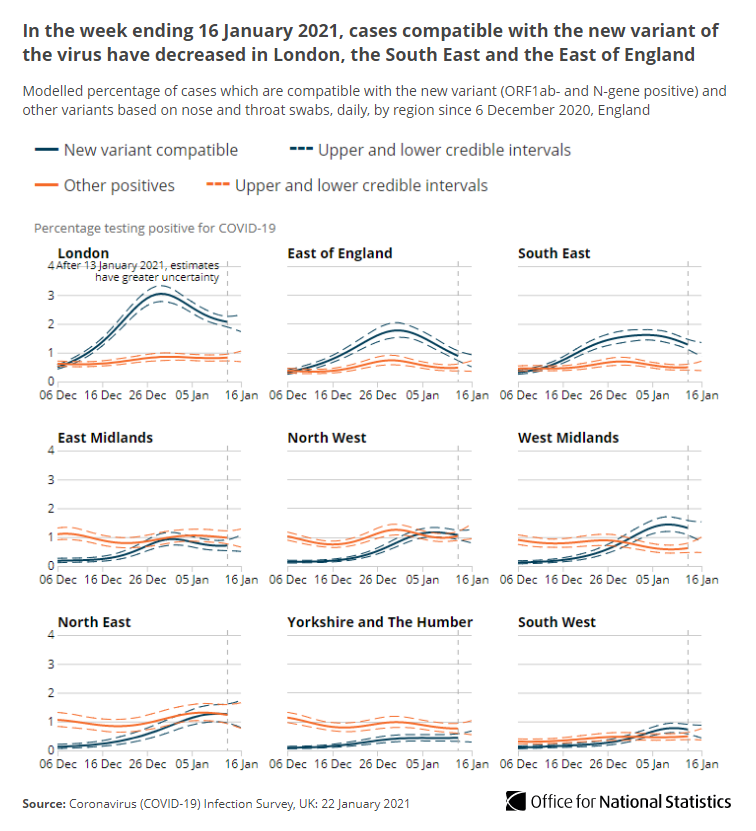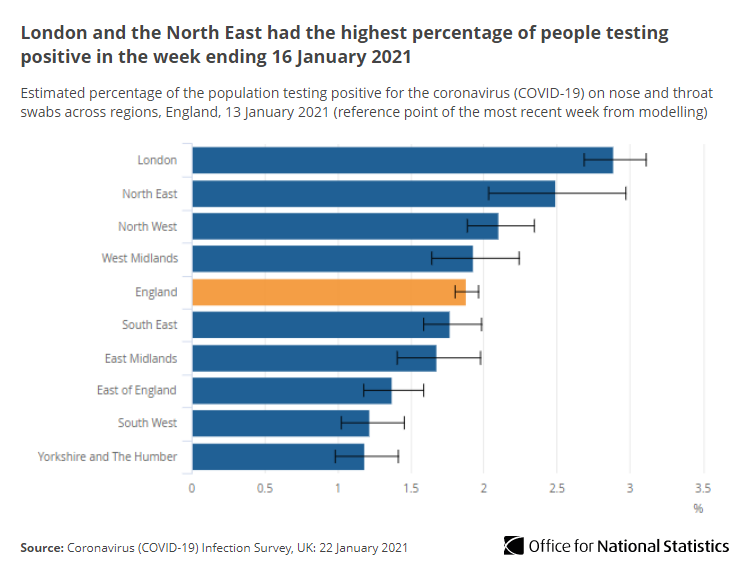I mean it didn't really take a genius to know that things would be tougher in the winter than the summer and that fatigue would set in by then. There hasn't been a point since covid surfaced where there was any reason to believe it wouldn't behave like other viruses and come in waves..and even without fatigue the winter was always going to be tougher for people restrictions wise due to the lack of daylight hours, colder temperatures, etc.
Places like supermarkets though are where you can put control measures in place so people have no choice, and actually waiting in a queue for 10 minutes to get in a supermarket was very little hassle. Particularly as half that time was made up not having to feck about longer or wait in queues once you were inside...and even more time than that saved by it being easier and insentivised to do all your shoppnig in one go (going to a supermarket 3 times a week as opposed to 1 is also an infection risk factor).
Masks still confuse me really. I've seen plenty of knowledgeable people explain why they are important, but the infection numbers and the places infections seem to occur in (according to the data) just don't back it up at all. If they were that important for example then not wearing them in a school or workplace, but then wearing them to go in a shop, makes absolutely no sense...and they'd also have had a tangible impact on numbers in places like London with the amount of people on public transport every day...and they just haven't. They either just don't very much or we are using them stupidly.
I mean here for example there was a high proportion back in March-June of the type of idiot who made a point of not wearing one, yet through the whole first wave the infection rate here remained low and rose very moderately compared to other areas of the country. THen in December when there was generally a lot more compliance it's shot up here faster than anywhere in the Country including London. Hard to put a finger on why but it does suggest there's far more significant factors at play than how many people are wearing masks when they are told to.

 Wibble and co would give more detailed breakdown I'm sure. Just assuming by March 20m + will have had at least one dose and that will surely start to make significant different to the daily rate. Estimate tonight was the peak was still a week or two away so nothing is improving this month anyway.
Wibble and co would give more detailed breakdown I'm sure. Just assuming by March 20m + will have had at least one dose and that will surely start to make significant different to the daily rate. Estimate tonight was the peak was still a week or two away so nothing is improving this month anyway.
